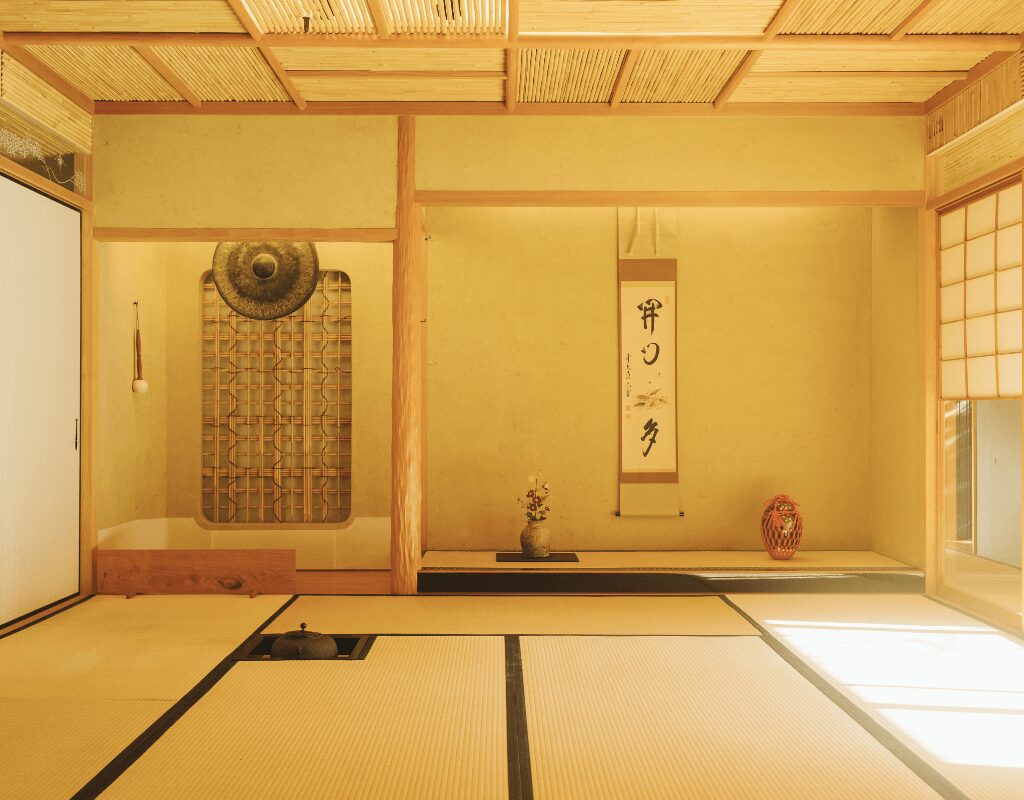14
Home » CULTURE » Japanese Etiquette » Japanese Tea Ceremony Guide for Foreigners (Part 2)







